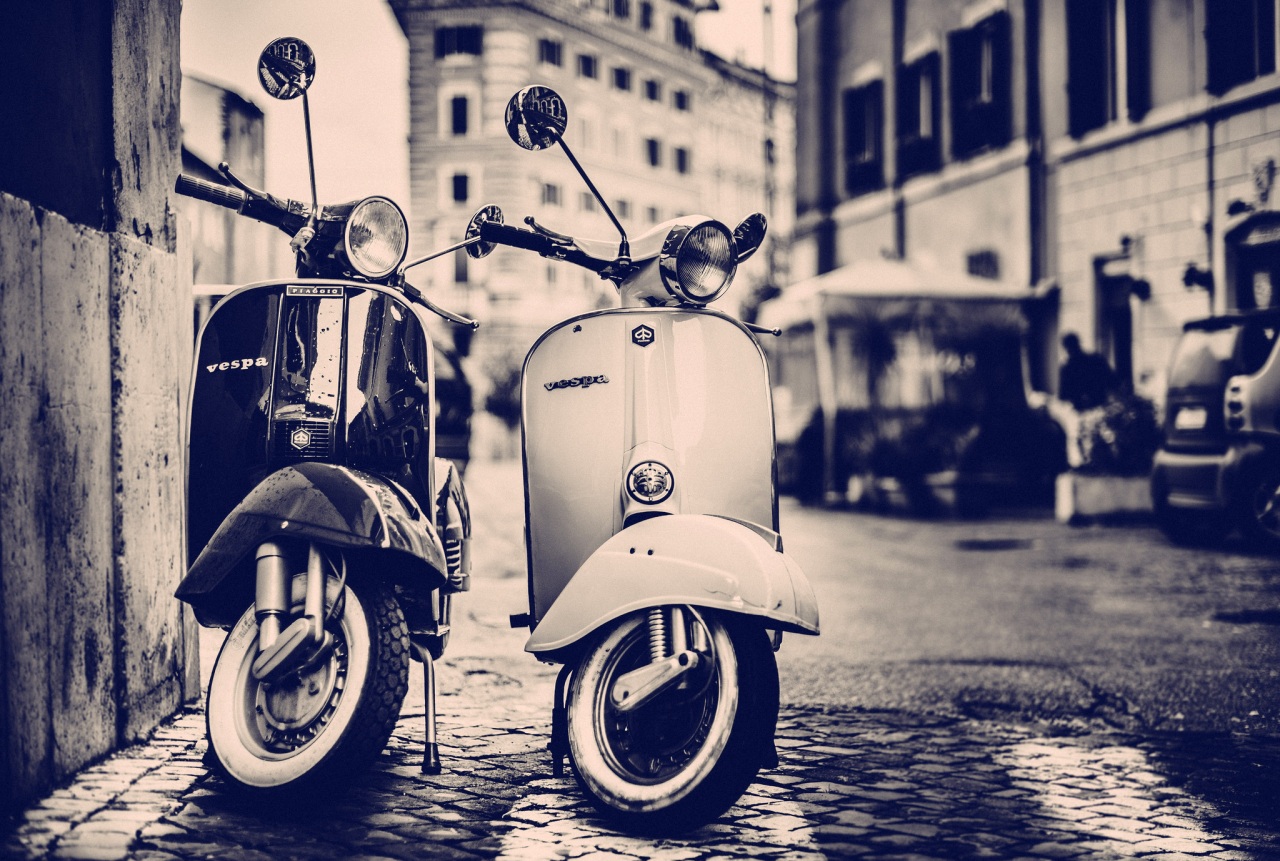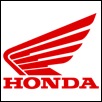Scooter Brands 101
In today’s market there are a ton of manufacturers selling scooters and it can be very difficult for a buyer to understand how the whole scene connects and what each brand is selling. Some brands do cutting edge design work, while other brands do no engineering or assembly work and simply commission a random factory to assemble their scooters using generic engines, frame and body panels. While this overview can’t possibly discuss every fly-by-night brand out there, by understanding how companies work in different regions of the world you can get a rough idea of how other brands may operate.
Most of the major manufacturers have many plants where they make scooters and one shouldn’t confuse the country where the brand is based, with the country where a particular scooter was made. For example, Honda is based in Japan yet they manufacturer scooters in Japan, Thailand, China, Mexico and many other countries.
Italian Brands
The Italian scooter brands were not the original companies making scooters when started production in the late 1940’s, but they are the oldest companies still in business today. The main two Italian brands were Vespa and Lambretta, although Lambretta went bankrupt a few decades ago and now a Chinese company (Adly) has bought the rights to the Lambretta name, so modern Lambretta scooters are just Adly scooters that have been rebadged and marked up to a higher price. Vespa is still the real deal with their headquarters and most of their product still being based in Italy. They design and build excellent quality scooters. They are typically not a cutting edge leader in technology, but they do lead the way in excellent design.
There are number of other Italian brands such as Derbi, Gilera, Piaggio and Aprilia. While these companies used to be independant operations, over the past decade or two Derbi, Gilera and Aprilia ran into financial difficulties and are now owned by the parent company Piaggio. So in essence, Piaggio runs every significant Italian scooter brand these days. Piaggio sells scooters under their own name, which usually use the same engines as Vespa’s but they are designed be lower cost so they use a low cost frame and body (ie. no chrome) and sometimes they are assembled outside Italy. Piaggio has a factory in China which still makes excellent products. Aprilia is the sportiest brand under Piaggio and they often lead the way with engine technology. I believe Aprilia’s SR50 was the first 50cc scooter to have a rear disc brake, direct injection and fuel injection technology.



Japanese Brands
The Japan brands have dabbled in scooters since the 50’s, but they really entered the modern scooter market in the early 80’s (late 70’s in Asia). Honda, Yamaha and to a lesser extent Suzuki, brought a number of innovations to the scooter scene including CVT (twist ’n go) transmissions, oil injection, automatic choke, plastic body panels and they offered the first liquid cooled 50cc scooters (ie. 1983 Honda Beat). Since then, Honda and Yamaha continue to be engine technology leaders in the smaller scooters and brought 3 & 4 valves per cylinder to small scooters along with advances in liquid cooling and starting systems.


With a Japanese scooter, you are typically paying less than you would for an Italian model but more than a Taiwan or Chinese scooter. Japanese scooters are built to a very high standard of quality and typically lead in reliability, fuel economy and power for the engines displacement. On the downside, the Japanese brands typically spend most of their budget on the engines and design, so other components like brakes and suspension and typically fairly basic. They aren’t poorly made or low quality, they are simply not using the best components they could in an effort to keep the prices down. On the contrary, Taiwan and Chinese brands tent to use simpler, older motors but you are more likely to find disc brakes and adjustable suspension.
Taiwanese Brands
One of the quickest growing manufacturers of scooters is Taiwan. Companies like Kymco, SYM, PGO and TGB (Taiwan Golden Bee) are all working hard to establish themselves in the North American scooter market. Kymco and SYM have their roots in assembling scooters for the Japanese brands, while PGO was formerly affiliated with Piaggio. During the 1990’s, most of these brands cut loose from their affiliated companies and began making their own scooters. In the early years, many Taiwan scooters were copies of Japanese scooters that the Taiwan brands knew how to make. This evolved into the Taiwan brands design their own frames and body styles but continuing to use clone copies of the Japanese motors. We are at the point now where the Taiwan brands have improved their abilities to the extent where they are designing their own complete scooters, and quite good ones at that. Over the past decade the quality of Taiwan scooters has been rapidly improving and it won’t be long before they are able to match the Japanese on a quality and technological level. Some of their latest products show a great deal of quality.



In the USA, PGO scooters are sold under the Genuine name. Genuine sells both a vintage Piaggio design called the Stella, and modern scooters designed and built by PGO. The Stella is built by LML in India, which used to be strongly affiliated with Piaggio and actually produced a good portion of their scooters. The rest of the Genuine line are PGO scooters. In Canada, PGO sells scooters under their own name.
Chinese Brands

Varying quality aside, with a Chinese scooter you are getting old technology made to be as affordable as possible. Virtually every 125cc – 150cc Chinese scooter uses a clone of the 80’s era GY6 engine, while 50cc Chinese scooters almost always using a Minerelli engine clone. These old engines don’t perform beyond mediocre in power or fuel economy, but it can be reliable if well assembled. The hard thing is knowing if you’re getting one that has been well assembled, or if it’s been hastily put together at the wrong torque specs and with cheap components. If you stick with a more established Chinese brand like Znen then you can know you are getting a scooter of adequate quality. Buying one of these gets you a very low purchase price, but you also get generic styling, low power for the engine size, mediocre fuel milage and typically a very poor resale value. I personally wouldn’t buy a Chinese scooter at the present state of the industry, but I can understand why some people do. I personally think a scooter buyer is better off to buy at least a Taiwan made scooter that will hold its value better and likely is more well made and with higher quality components.





